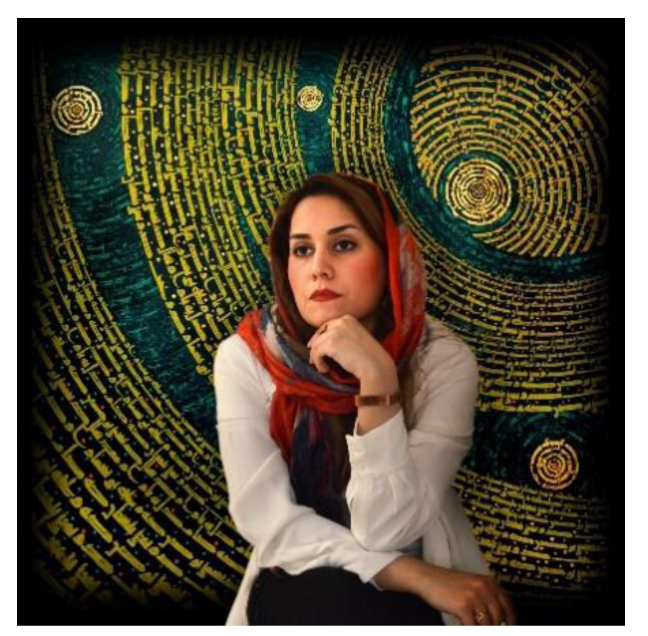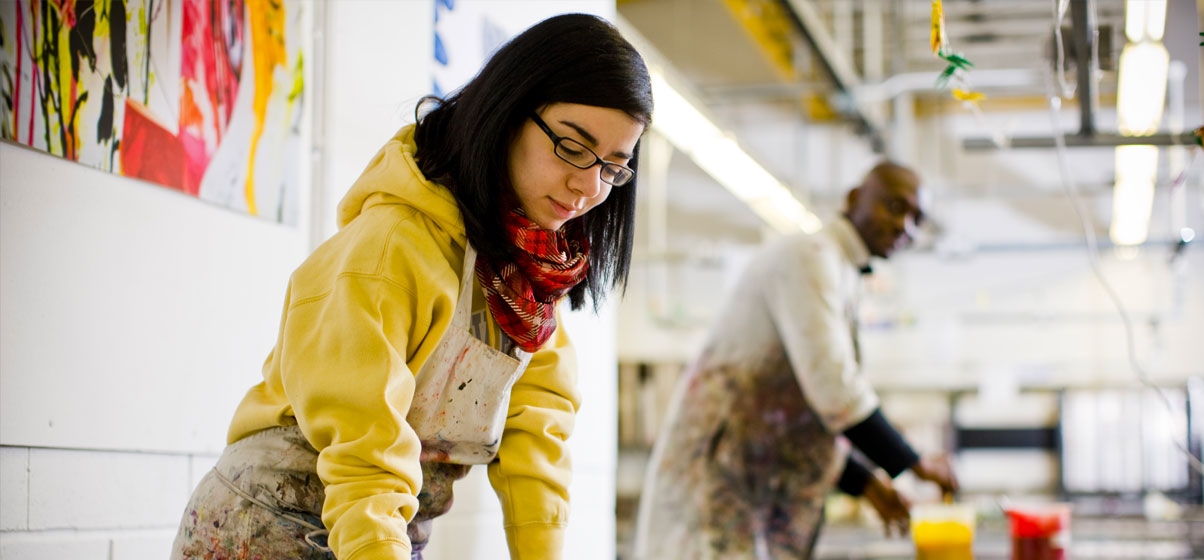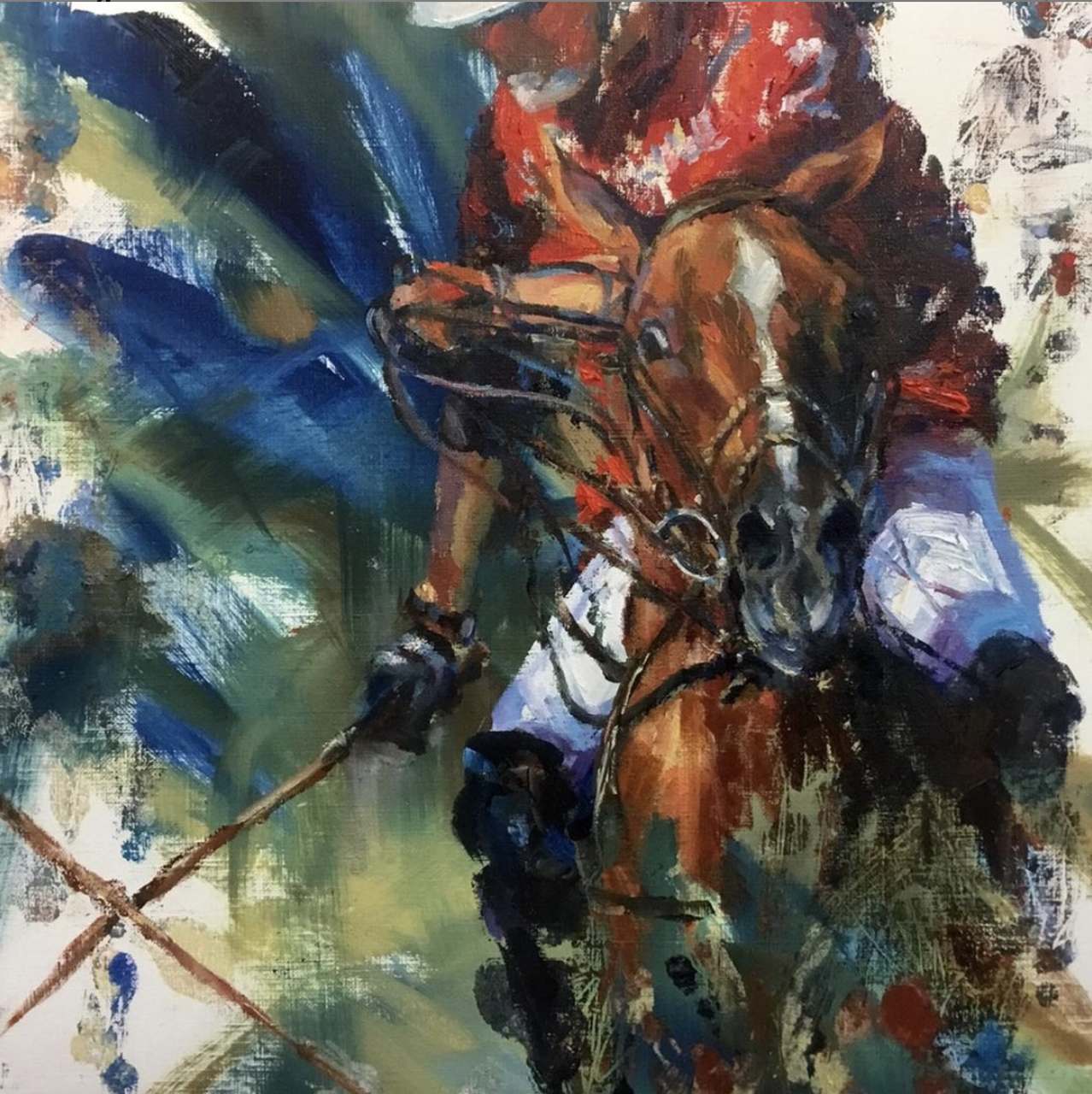Pedro Cabrita Reis (PCR) (Lisbon, 1956-) is the most internationalised of current Portuguese artists. His work simultaneously incorporates and interweaves various disciplines and languages, most notably painting, drawing, sculpture and assemblage. He explores all of the possibilities opened up by the development of western modernism and global contemporaneity, but it is painting that orients and defines the core of his work. The consolidated methodologies and techniques of painting, the question of representing reality that the practice of painting raises (in its relationship with the literary and the philosophical, the political and the natural, as the Renaissance and later civilisation conceived it) and the very history of painting itself open up the world of possibilities where PCR finds the paths that he explores and that consolidate his entire oeuvre.

However, in his work there is no evident nostalgia, or submission, to the canons established through the long historical process that brought us to the epistemological revolutions of 19th and 20th-century western art – he works without compromise in the expanded domain of contemporaneity, incorporating multiple learnings, times and geographies. Therefore, the fact that PCR does not provide historical points of reference (mythological themes, mention of celebrated works, different pictorial genres, etc.) in these paintings is purely to ensure we might concur (even if briefly) with the extreme subjectivity and “corporeality” that imbues his work.
By combining the five works in this exhibition under a single title, insomnia, PCR provides us with a decisive clue to understanding his work. We do not need to know whether he painted them under the effect of one or successive sleepless nights. insomnia is an ideological programme. It refers to his state of permanent vigilance; it reveals how he ensures the discursive continuity of the current of cultural testimonies that define us, turning them into a personal work of art through which he then refers to the world and himself, keeping us awake to reality.

The condition of eternal revolt against tyranny (Prometheus #4), the fascination for the deformed body (La Bárbola), the condition of the frailty (psychological and physical) of humankind, based on an abraded self-depiction (Absent Minded), and the representation of nature as a testimony to the crisis of the natural itself (Flower Pot #3) are examples of how PCR leads us through the history of art. Highlights are the countless historical variants of the excruciating Prometheus Bound, whose suffering springs from within the painting itself (via the Mannerist composition chosen, the colours and the Expressionist application of the matter), the grotesque figure of the dwarf in Velasquez’s Las Meninas, who also fascinated Picasso, and who here has simultaneously the weight and dignity of a sculpture and the dirty transparency of a ghost and, finally, the Morandi vase in the still life bristling with dried flowers and confronted by a plain background that suggests the mortal reality of a desert. At one extreme of this discourse – Malevich Sunset (after n.s.) – he apparently undoes everything: the painting and the figure. But if we look through its strong title and the formal references it rests upon (underlining and counteracting them), this work perfectly fits into the set in the discourse in insomnia: it discusses the End of a time by evoking the heroic moments of its Beginning – thus does PCR teach us to confront usury and fear head on.
For more information, please visit https://www.sprovieri.com/.



